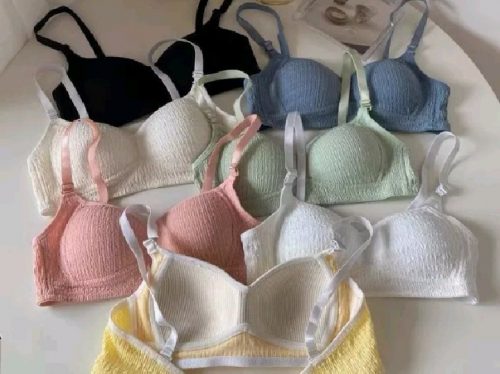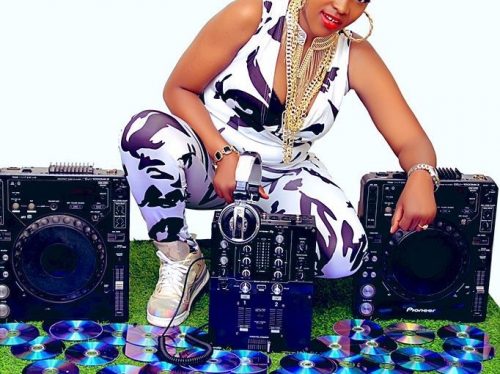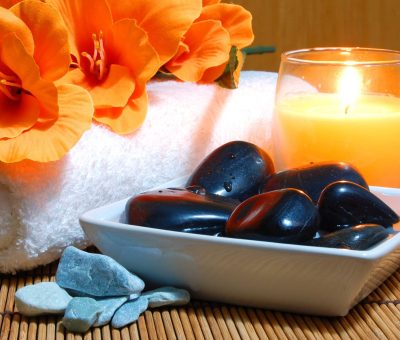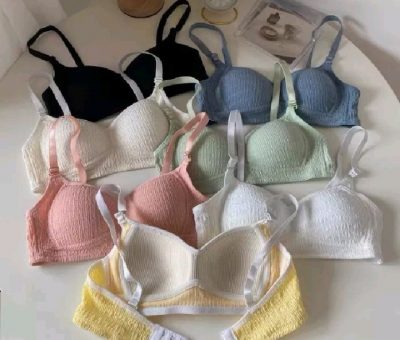Why are my houseplants dying?
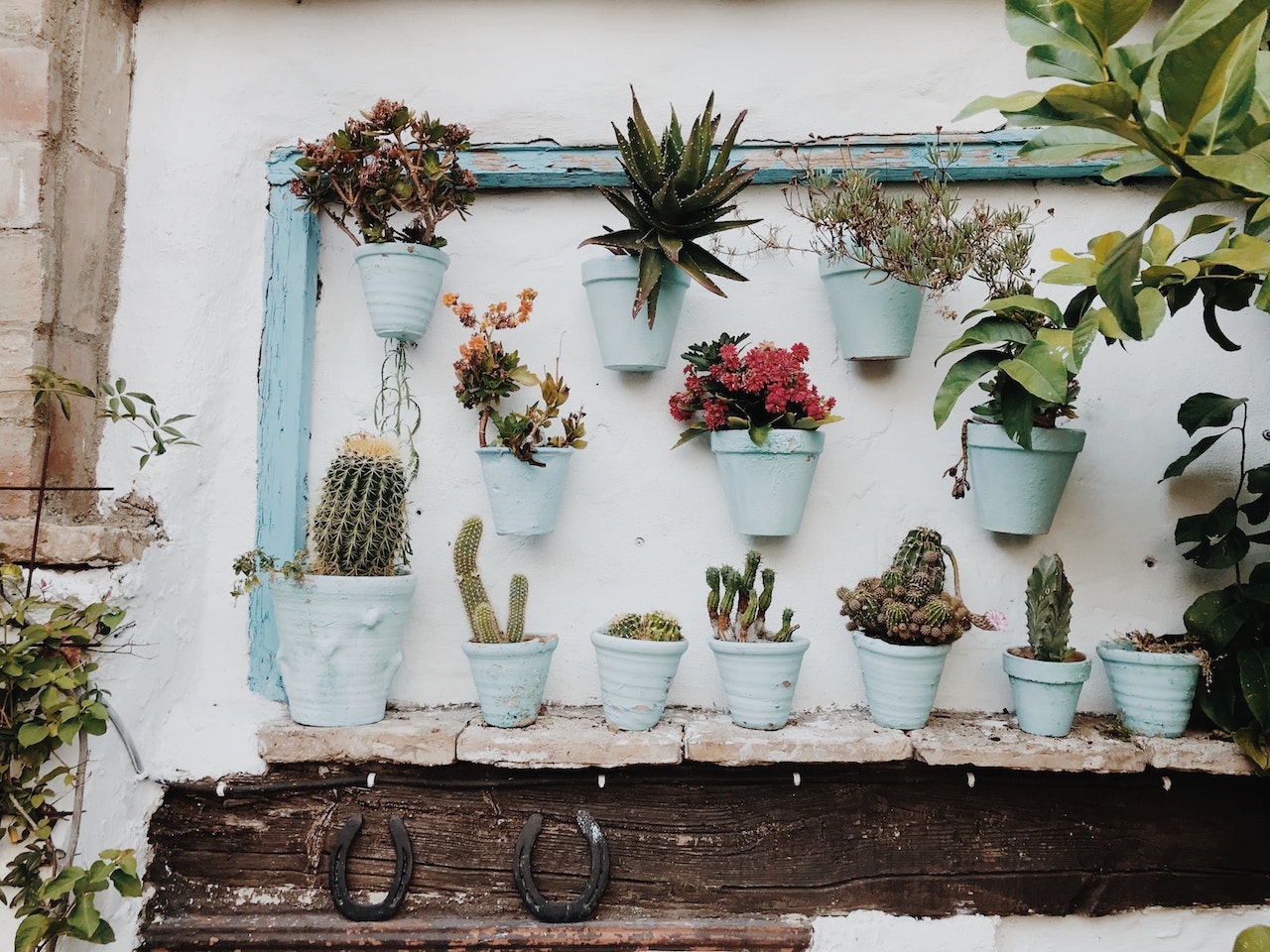
On a warm balmy day, you walk to the florist and finally pick up that money plant you have been eyeballing. Excited to have a new member in the house, you find the best spot with the right amount of light and the most beautiful vase. Like a new mother, you feed it excessively and snap every stage of new leaves. Then, your boss suggests a field trip and your new baby is left with no nanny. You return to a serious malnutrition and withering leaves, disappointed and stressed.
The benefits of keeping plants are numerous and of late, plant parenting is becoming a thing, some categorise it as being aesthetic and others instead of adopting a cat or a dog, they would rather have a plant.
Like pets, plants are given names ‘’twinket moss’’ is not far from the list. However, the biggest challenge is how quick indoor plants can kick the bucket. This is a dilemma for many people who have attempted to have plants.
Here are 4 tips to help you keep your house plants alive and healthy;
Plants require attention and care
Like babies, plants are compelled by attention and care. If you’re observant enough, a plant’s growth will amaze you on how easily it blooms once it is loved enough. God was very intentional when creating nature, and that’s why humans find healing, comfort, newness and inspiration in them.
Avoid over watering the plant
The florist said water the plant but they didn’t say kill it with water. Too much water will lead to rotting, yellowing, bacteria and mould. As indoor plants don’t receive as much light, the plant’s photosynthesis is slower and the leaves can’t take beyond their capacity.
Pro tip: Don’t listen to any expert on standardised watering amounts, and frequency, you can only determine the amount by checking the soil moisture.
Don’t under water
However contradictory this sounds, some plants need more water than others. The whole science is in understanding the right needs of your indoor plants and meeting them. Some days will be very demanding that you end up forgetting to water. To be safe, set a reminder and acquire more knowledge on the particular plant and the requirements for its survival.
Pro tip: Very cold water may shock the plant roots thus let the water still for at least 30 minutes before watering.
Ensure good drainage
Do you ever wonder why plant pots have holes at the bottom? Those are for draining the water because good drainage supports root oxygenation and thus good growth.
Pro tip: If you want to use decorative pots, leave the plant in the plastic bag that it comes in because it has the required drainage holes.
Let there be light
Light is magic and plants love the light. When looking for the spot to place the plant, make sure it is near a light source or faces the window.
Not every plant is meant for the house
Indoor plants are usually those that are resilient, they can survive with less light and no rain. An example is desert plants like cacti, snake plants and succulents which can store water in their leaves for long. Ask your florist which plant can survive in the conditions of your house, so that they recommend something compatible.
At the end of the day, to get good out of anything, there must be a sense of interest and willingness. So, while plants can be exciting and beautiful in a space, they must find a ready owner.





